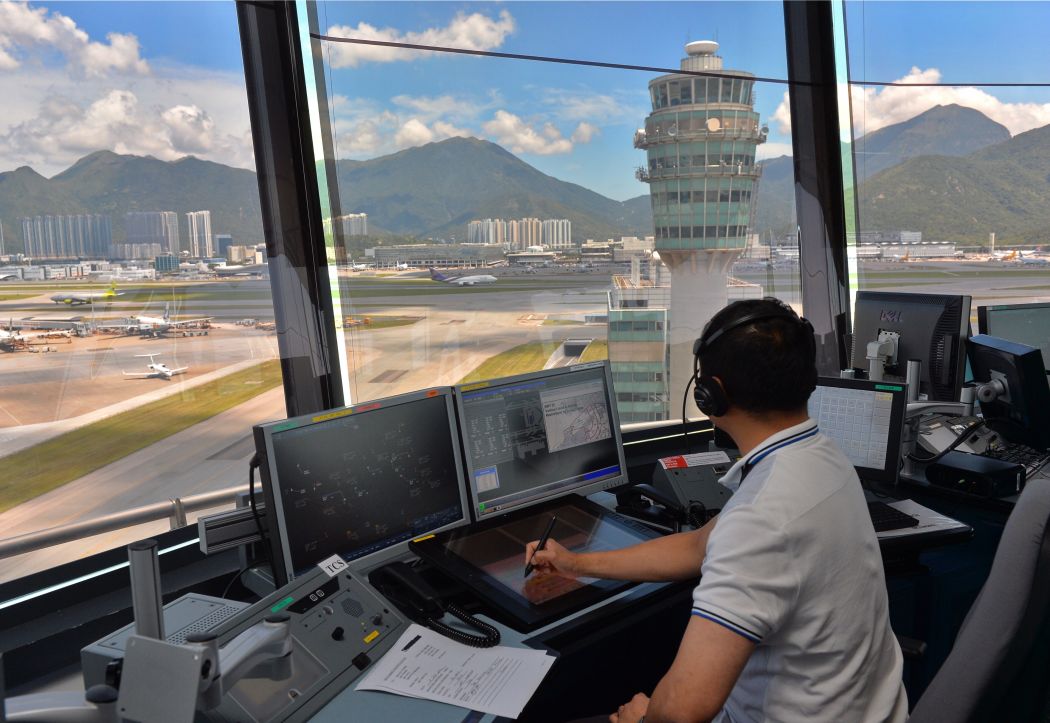The Civil Aviation Department has admitted that its new air traffic control system lost track of some flight information relating to eight planes, after a new glitch emerged on Saturday.
The fallback system was used for the first time on Saturday after the new system, criticised for frequent malfunctions, came into use last year.
The department confirmed on that day that only partial information could be displayed for several flights at 11:28am. Only position and altitude information could be displayed. However, it only admitted on Sunday that the issue had affected eight flights.

The incident was confirmed by the department after media reports on Saturday citing anonymous air traffic control sources. The fallback system is a separate but identical system to the main system.
Technical staff switched to the fallback system at 11.40am and information on the radar was restored. The department said air traffic control officers deferred giving clearance to departure flights for about 15 minutes as a precaution, but arrivals and planes already in the air were unaffected.
The department said that, according to an initial investigation by the contractor’s representative, the incident was believed to be caused by an “accumulation of users’ preferences settings exceeding the preset system limit.” Officers can make personalised preferences on the system such as font size and items on the menu.
“Although only the essential information (including their position and altitude information) were shown for eight flights during the occurrence, all flight targets were continuously displayed on the radar screens,” it said in the Sunday statement.
It added that air traffic control officers were able to keep direct voice communication with the pilots at all times and obtain all necessary flight information through Automatic Dependent Surveillance–Broadcast technology.

US-based Raytheon was awarded the HK$480 million ATMS contract in February 2011. The system, known as AT3, came into full use in November last year.
However, it has been plagued with dozens of malfunctions such as the display of non-existent planes, flight data disappearing, false instances of flights overlapping, and false collision alerts.
The department had reported the leaking of a radar image from the system to the police following previous incidents.
Late reveal
Civic Party lawmaker Jeremy Tam Mai-ho, a former commercial flight pilot, said that the confidence air traffic control officers and the public had in the system “has almost collapsed.”
“When will the Civil Aviation Department ever admit there is a problem?” he said. He questioned why the department did not reveal how many flights were affected once the incident was reported.

Tam noted that there was an update provided by Raytheon on March 20, and warned that if the issue was caused by a software glitch, the fallback system may also encounter the same problem.
Tam urged the department to look into possibility of purchasing another system, and reserve the former system – now kept in standby status – in case it was required.
‘Time required to adapt’
Deputy Director-General of Civil Aviation Kevin Choi said on a RTHK programme on Monday the department knew that the new system has a limit related to users’ personal preferences when it was installed.
“But we did not know the limit being exceeded would have such an effect,” he said. “We agree that it is not ideal.”

Choi said the department has asked officers not to modify their personal preferences, and said they should remove some of the outdated ones. He added that the department has asked the contractor to propose an improvement plan this week.
“The new system is very complicated and very huge – it’s difficult to be 100 per cent sure there will be no problems, it will take time to adapt to the system,” Choi said.
Choi also said the department will consider how to improve the system to handle the increased traffic after the airport’s third runway is completed. The department will work with experts to consider whether to extend the standby use of the former system.
